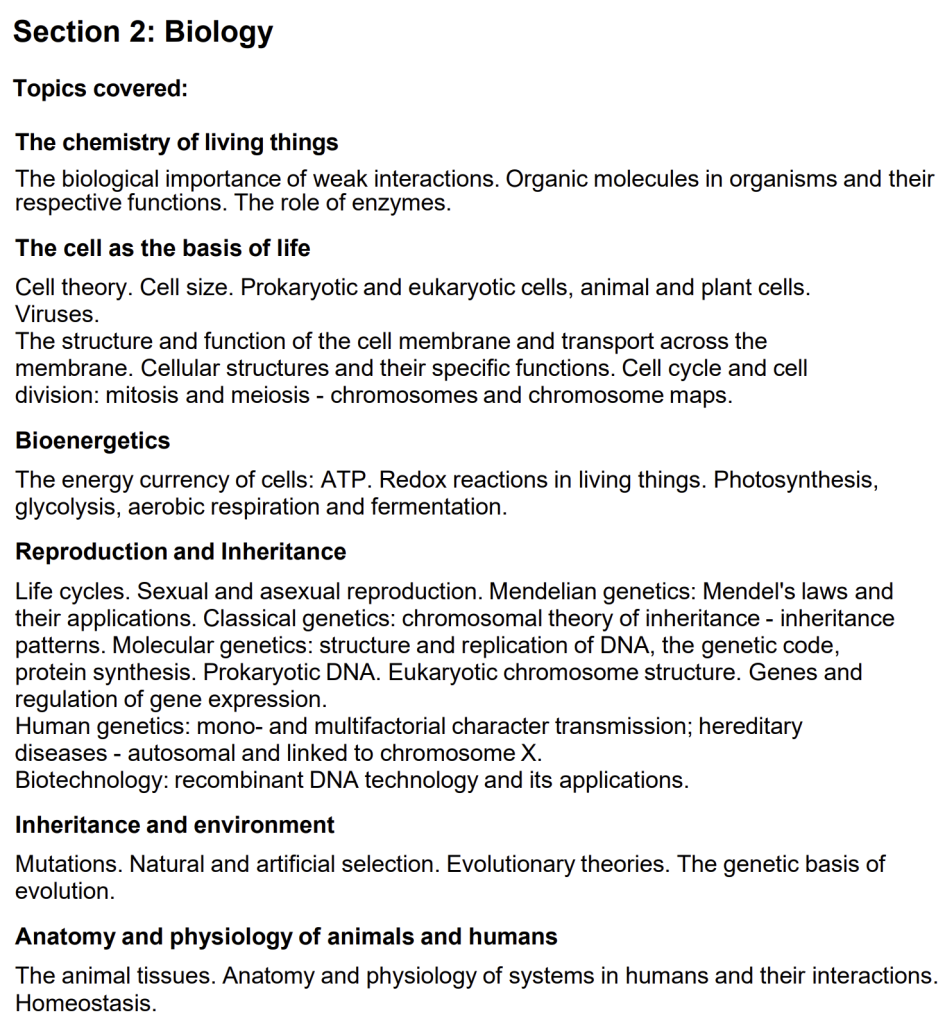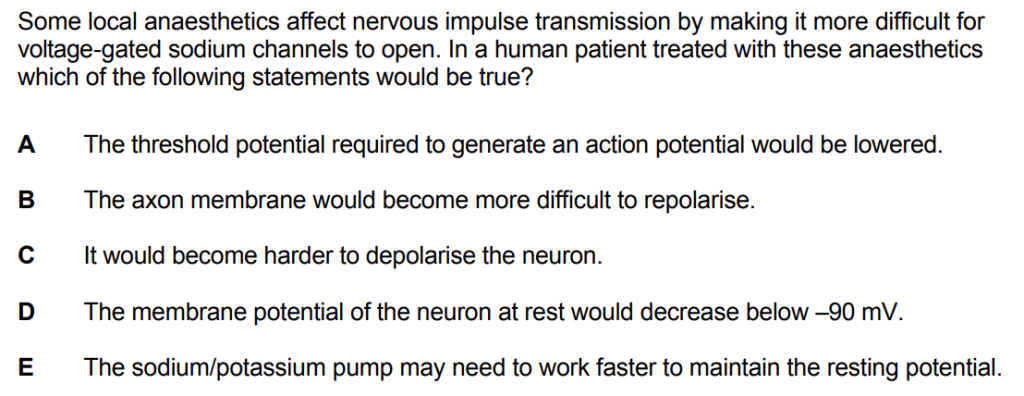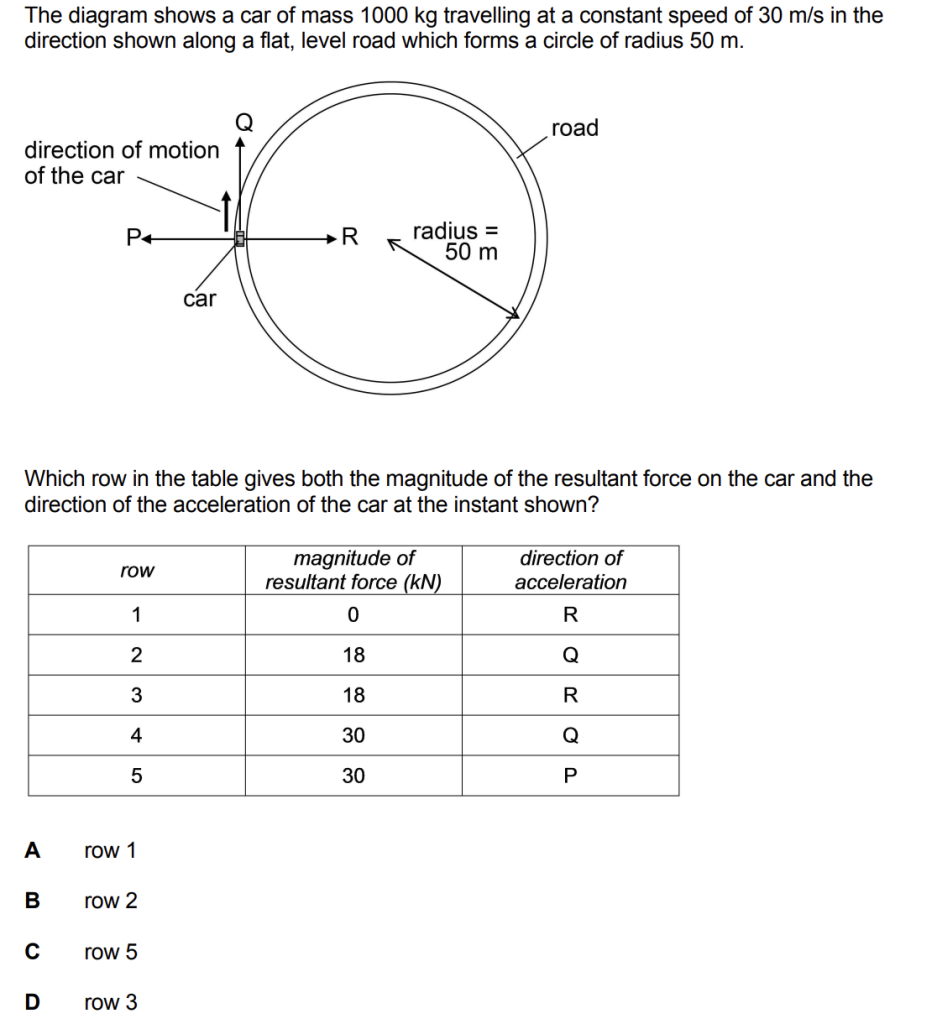

Paris University of Pavia | Ari's Past Student (2020)
18th of April, 2023The International Medical Admission Test (IMAT) is a crucial examination for candidates seeking admission to medical and dental schools in Italy. It evaluates the applicants’ knowledge, problem-solving skills, and critical thinking abilities across a range of subjects, including Biology, Chemistry, Mathematics and Physics, as well as Logical Reasoning and General Knowledge. The IMAT is designed to ensure that students possess the necessary foundation to succeed in their medical education.
In this article, we will provide an in-depth analysis of the IMAT 2015 exam paper, focusing on the specific topics and question types that candidates encountered. Our goal is to offer valuable insights and information to help future candidates better understand the structure of the exam and effectively prepare for it. We will explore each section of the IMAT 2015 in detail, delving into the various topics covered and offering guidance on how to approach them.
Content Quick Navigation
Section 1: IMAT 2015 Critical Thinking Section Analysis
The Critical Thinking section of the IMAT is an integral part of the examination, as it assesses candidates’ ability to analyze, evaluate, and construct arguments. This skill is essential for medical professionals, who must consistently make well-reasoned decisions and effectively communicate their reasoning to others. In this part of our analysis, we will examine the types of questions candidates faced in the Critical Thinking section and provide insights into how to approach and tackle them effectively. Following this introduction, we will dive into the specifics of the Logical Reasoning component, which forms a major part of the Critical Thinking section in the IMAT 2015 exam.


Critical Thinking Section
In the 2015 IMAT, the Logical Reasoning section presented candidates with a diverse range of question types. These questions required candidates to engage in various tasks, such as weakening and strengthening arguments, finding the conclusion of passages, identifying underlying assumptions, and understanding logical principles.
The most prevalent types of questions in this section were those that focused on finding the conclusion of passages, identifying underlying assumptions, and understanding logical principles. These tasks required candidates to carefully analyze the information presented and apply critical thinking skills to determine the most appropriate response.
To succeed in the Logical Reasoning section of the IMAT, candidates must develop their ability to think critically and analyze complex arguments. By familiarizing themselves with the various question types and honing their logical reasoning skills, future candidates can better prepare for this important part of the exam.
| Topic | Number of Quesitons |
|---|---|
| Argument flaws | 0 |
| Weakening arguments | 1 |
| Strengthening the argument | 1 |
| Conclusions | 3 |
| Underlying Assumption | 3 |
| Understanding the principle-logical structure | 3 |
Problem-Solving Section
The Problem-Solving section of the IMAT plays a vital role in evaluating candidates’ ability to tackle complex problems and apply logical thinking to find appropriate solutions. As medical professionals, the ability to solve problems effectively is crucial in diagnosing and treating patients, making this section a critical component of the exam. In this part of our analysis, we will investigate the types of questions encountered in the Problem-Solving section and offer guidance on how to approach and address them successfully. Once we have set the stage with this introduction, we will delve into the specific data you provide to further explore the content of this section in the IMAT 2015 exam.
Question Types
The 2015 IMAT featured a diverse array of problem-solving questions that tested candidates’ ability to handle intricate challenges. Numerical puzzles made up a significant portion of this section, requiring candidates to gather and apply the provided data to find solutions. To excel in these types of questions, it’s essential for candidates to develop strong data interpretation skills and practice various problem-solving techniques.
Spatial puzzles were also present in the exam, posing a unique challenge that demanded mental visualization and manipulation of objects and shapes. Although these questions were not excessively complex, they still required a good grasp of spatial relationships. To tackle spatial puzzles effectively, candidates should engage in activities that enhance their spatial reasoning abilities, such as solving 3D puzzles, working with geometric shapes, or exploring anatomy through 3D models and software.
By diversifying their problem-solving strategies and focusing on the unique aspects of each question type, candidates can better prepare for the IMAT’s Problem-Solving section and improve their overall performance in the exam.
General Knowledge
The General Knowledge section of the IMAT assesses candidates’ awareness of significant events, figures, and developments in various fields. A strong foundation in general knowledge is essential for medical professionals, as it fosters a well-rounded understanding of the world and contributes to their ability to think critically and holistically. In this part of our analysis, we will delve into the specific topics covered in the 2015 General Knowledge section and offer suggestions on how to broaden one’s knowledge base in preparation for the exam.
Exploring the 2015 General Knowledge Questions
In the 2015 IMAT, the General Knowledge section featured two questions that focused on prominent scholars and their respective fields of study, as well as Nobel Peace Prize winners. These questions required candidates to have a solid understanding of influential figures and their contributions to various disciplines, as well as an awareness of the importance of the Nobel Peace Prize and its recipients.
To effectively prepare for this section, candidates should develop a habit of staying informed about significant events and developments across a wide range of subjects, including history, science, politics, and culture. Reading books, articles, and news from diverse sources can help build a strong foundation of general knowledge.
By cultivating a broad and varied knowledge base, candidates can enhance their ability to tackle the General Knowledge questions in the IMAT with confidence and improve their overall performance in the exam.
Section 2: Biology
The Biology section of the 2015 IMAT tests candidates’ knowledge of various biological concepts and processes that form the foundation of medical science. A thorough understanding of these topics is crucial for aspiring medical professionals, as it contributes to their ability to diagnose, treat, and understand the human body and its functions. In this part of our analysis, we will explore the specific topics covered in the 2015 Biology section, categorize them into relevant subfields, and offer advice on how to prepare effectively for this portion of the exam!


Analyzing the 2015 Biology Topics


The 2015 IMAT Biology section featured a diverse array of topics, which can be broadly categorized into the following subfields:
- Molecular Biology and Genetics:
- DNA replication
- Prokaryotic transcription
- DNA microarray
- Cell cycle
- Amino acid structure
- Evolution
- Physiology and Anatomy:
- Menstrual cycle hormones
- Reflex arc
- Sarcomere bands
- Bone cells
- Cardiac pressure during a heartbeat
- Neuron impulse
- Structure size
- Biochemistry and Cell Biology:
- Photosynthesis


To excel in the Biology section of the IMAT, candidates should focus on developing a deep understanding of these subfields and their related topics. Engaging with diverse learning resources, such as textbooks, online courses, and videos, can help candidates build a strong foundation in the subject matter.
Additionally, practice is essential for retaining and applying knowledge effectively. Candidates should solve practice questions and quizzes related to the topics covered in the exam to identify any gaps in their understanding and reinforce their learning.
By combining a variety of learning resources and engaging in consistent practice, candidates can enhance their mastery of the biological concepts covered in the IMAT and improve their overall performance in the exam.
| Topic | Number of Chapters |
|---|---|
| The chemistry of living things | 2 |
| The cell as a basis of life | 5 |
| Bioenergetics | 1 |
| Reproduction & Inheritance | 3 |
| Inheritance & Environment | 1 |
| Anatomy & Physiology | 6 |
Section 3: IMAT 2015 Chemistry Analysis
The Chemistry section of the IMAT assesses candidates’ understanding of various chemical concepts and principles that are fundamental to the field of medicine. A strong grasp of chemistry is essential for medical professionals, as it underlies many physiological processes and informs the development and use of pharmaceuticals. In this part of our analysis, we will explore the specific topics covered in the 2015 Chemistry section, categorize them into relevant subfields, and provide suggestions on how to effectively prepare for this portion of the exam.
Analyzing the 2015 Chemistry Topics
The 2015 IMAT Chemistry section featured a range of topics that can be organized into the following subfields:
- Organic Chemistry:
- Possible hydrocarbon molecular formula
- Chemical Reactions and Stoichiometry:
- Yield calculation
- Pure water self-ionization
- Fundamental Inorganic Chemistry:
- Electron configuration


To excel in the Chemistry section of the IMAT, candidates should focus on building a strong foundation in these subfields and their associated topics. Utilizing diverse learning resources, such as textbooks, online courses, and videos, can help candidates to develop a comprehensive understanding of the subject matter.
Moreover, practicing problem-solving skills related to these topics is vital for solidifying knowledge and honing the ability to apply chemical concepts effectively. Candidates should work through practice questions and quizzes to identify areas that require further study and to reinforce their understanding of the material.
By leveraging a variety of learning resources and engaging in consistent practice, candidates can strengthen their command of the chemical concepts covered in the IMAT and improve their overall performance in the exam. In addition to the strategies mentioned earlier, candidates can also benefit from the following approaches to prepare effectively for the Chemistry section:
- Certified Tutors and Classes: Enrolling in classes taught by certified tutors can provide candidates with personalized guidance and support tailored to their specific learning needs. Tutors can help clarify complex concepts, offer valuable insights, and provide targeted feedback on candidates’ progress, which can contribute to a more effective and efficient learning experience.
- Study Groups: Joining or forming a study group with fellow candidates can be an excellent way to share knowledge, discuss challenging topics, and learn from different perspectives. Collaborative learning in a group setting can help to reinforce understanding, identify gaps in knowledge, and motivate candidates to stay on track with their study plans.
- Flashcards and Mnemonics: Utilizing flashcards and mnemonics can aid in the memorization of key terms, concepts, and chemical structures. Candidates can create their own flashcards or use pre-made sets available online to test their knowledge regularly and reinforce their learning.
- Real-Life Applications: Connecting chemistry concepts to real-life situations can help candidates better understand their practical relevance and importance. By exploring the application of chemical concepts in the context of medicine, pharmaceuticals, and biomedical research, candidates can deepen their understanding and appreciation of the subject matter.
- Regular Self-Assessment: Periodically assessing one’s progress through quizzes, exams, or self-reflection can help candidates identify areas that require further study or reinforcement. By monitoring their progress, candidates can adjust their study plans as needed to ensure they are on track to achieve their desired performance in the IMAT.
By employing a diverse range of strategies, including personalized guidance from certified tutors and classes, candidates can effectively prepare for the Chemistry section of the IMAT and enhance their overall performance in the exam.
| Topic | Question Number |
|---|---|
| The composition of matter | 0 |
| Atomic Structure | 2 |
| The periodic table of the elements | 0 |
| The chemical bond | 2 |
| Fundamentals of inorganic chemistry | 0 |
| Chemical reactions and stoichiometry | 4 |
| Solutions | 2 |
| Oxidation and reduction | 0 |
| Acids and bases | 1 |
| Fundamentals of organic chemistry | 1 |
Section 4: IMAT 2015 Mathematics and Physics Analysis
The Mathematics and Physics section of the IMAT assesses candidates’ understanding of various mathematical and physical concepts that underpin the foundations of medical science. A strong grasp of these subjects is crucial for aspiring medical professionals, as it supports their problem-solving skills and ability to analyze data effectively. In this part of our analysis, we will explore the specific topics covered in the 2015 Mathematics and Physics section, starting with Physics and then moving on to Mathematics, and provide suggestions on how to effectively prepare for this portion of the exam.
Physics
The Physics topics covered in the 2015 IMAT included the following:
- Dimensionally consistent equations
- Circular motion
- Torque


To excel in the Physics section of the IMAT, candidates should focus on building a strong foundation in these topics, as well as other fundamental concepts in physics. Engaging with diverse learning resources, such as textbooks, online courses, and videos, can help candidates develop a comprehensive understanding of the subject matter.
| Topic | Question Number |
|---|---|
| Measures | 1 |
| Kinematics | 1 |
| Dynamics | 1 |
| Fluid Mechanics | 0 |
| Thermodynamics | 1 |
| Electrostatic and electrodynamics | 0 |
Mathematics
Analyzing the 2015 Mathematics Topics
The Mathematics topics covered in the 2015 IMAT included the following:
- Arithmetic means
- Algebra calculations
To excel in the Mathematics section of the IMAT, candidates should focus on developing a solid understanding of these topics, as well as other core mathematical concepts. Utilizing diverse learning resources, such as textbooks, online courses, and videos, can help candidates to build a strong foundation in the subject matter.


To effectively prepare for both the Physics and Mathematics sections, candidates can benefit from the following approaches:
- Focus on Core Concepts: Ensure a strong understanding of the core concepts and principles underlying both subjects. Make a list of key concepts and dedicate time to reviewing and mastering each one systematically.
- Work through Examples: Carefully study examples from textbooks and other resources to learn how to approach different types of problems. Analyze the steps taken to solve each problem and try to understand the underlying logic.

